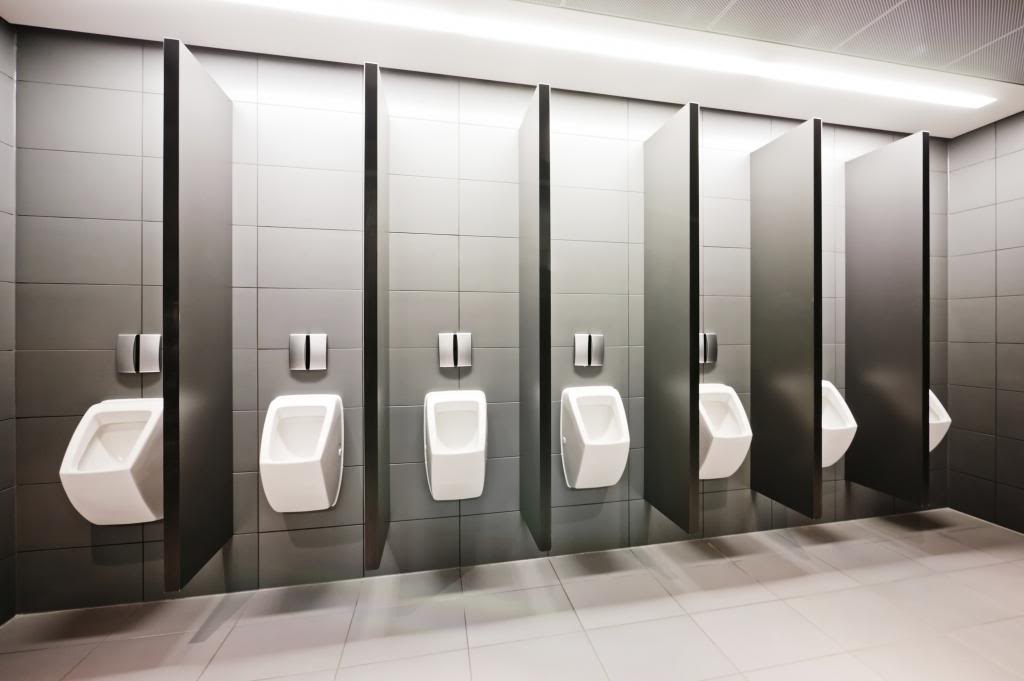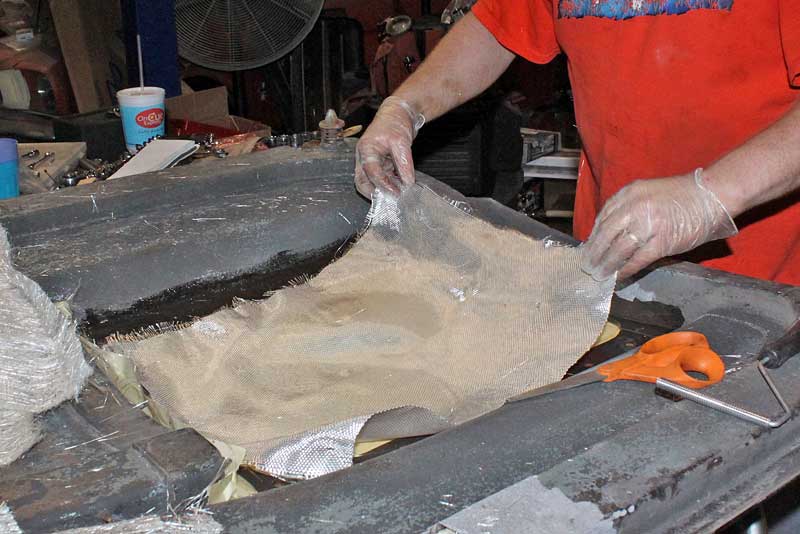You can choose to use painter’s tape or masking tape for creating, constructing, and binding surfaces. To determine which of these two building materials is the most profitable, it is important to note the distinctions between them.
Table of Contents
- Masking Tape
- What are The Uses of Masking Tape?
- Benefits of Masking Tape
- The Drawbacks of Using Masking Tape
- Painter’s Tape
- What are The Uses of Painter’s Tape?
- Benefit of Painter’s Tape
- The Drawbacks of Using Painters Tape
- What’s the Difference Between Painter’s Tape vs. Masking Tape ?
- Is Masking Tape Safe for Walls?
- Painters Tape vs Washi Tape
- Frequently Asked Questions About Masking Tape
- In Summary: Masking Tape
- References
- Recommended Posts
Masking Tape

The primary purpose of masking tape is to adhere two surfaces together. It has two sides, much like any other tape that is quiet.
The sticky side is what connects the two surfaces together. This glue is absent from the other one.
Masking tape.
What are The Uses of Masking Tape?
Below are a few of them:
- Joining disparate materials
- Retaining the various components in place while working
- Ideal for spontaneous uses and applications
- Excellent for painting heavier textiles and canvases
- keeps out moisture and other outside elements.
Benefits of Masking Tape
1. Less Expensive
It is less expensive to return the masking paper than the painter’s tape. It’s a great substitute for the current silent cassette because of this. In addition, it permits simple access and overall use at the same time. You want to verify the appropriate tape on a budget and give it priority.
RELATED: How is Fabric Created?
2. Offers Structural Stability
In addition to its primary function of adhering surfaces together, masking paper also supplies the necessary structural rigidity. It will fill in the functions that bolts, rivets, and other mechanical fasteners typically fulfill. This is frequently done without the inconveniences that come with managing them.
3. Connects Unlike Materials
Its main function is to fuse disparate materials together. These could be made of wood and formica, metal and paper, and so on. This is accomplished by the masking paper without necessarily sacrificing the accuracy and dependability of the intended results. And also addresses any potential incompatibilities.
Masking tape.
The Drawbacks of Using Masking Tape
1. Messy Remains
There are some messy remnants left by masking tapes. These frequently absorb the kinds of sticky, difficult-to-clean contaminants. Even while it has tremendous effects, cleaning up those unsightly markings may often be difficult.
Usually, the total of those can be unpleasant to witness. Before touching them, there are a few things you should think about.
CHECK THIS: Top 50 Inspirational Paintings of all Times and Their Cost.
2. Doesn’t Really Last Long
Compared to other types of fasteners, the effects left by the masking tapes are less permanent. Usually, the tapes have to be removed in a few of hours. Failing to attempt this could typically result in some persistent filth that can be difficult to remove afterwards.
Next we have is the!
Painter’s Tape

Painter’s tape, as its name implies, is a quiet substance that is mostly used to improve and ease painting activities. A pressure-sensitive tape made of thin, easily torn paper makes up the typical painter’s tape.
There is pressure-sensitive adhesive on one side of it. The common usage of tape is to cover over parts that you don’t want to paint.
Masking tape.
What are The Uses of Painter’s Tape?
- Conceals areas that need better painting
- Provides more even thicknesses
- Closes any gaps that could be present between the various structures
- Dependable by the end of the day
- Eliminates the need for end surfaces by removing any distortions
READ THIS GUIDE ALSO: How to Do Home Electrical Repairs on Your Own: Full Guide
Benefit of Painter’s Tape
1. Practical Soundness
The painter’s tape keeps its operational integrity throughout the duration of use. This is due to the fact that it doesn’t buckle or pucker when paint is applied.
As a result, it allows you to achieve certain consistent and uniform results. Because of this, you’ll also employ it to obtain some amazing designs and styles.
2. Successful Adhesion
In general, this tape does offer some good adherence. Its adhesive is quite strong, as has been mentioned. In actuality, it may stick to surfaces that are typically challenging, including mirrors and glass. When the situation calls for it, you’ll compute it for your trustworthy apps.
3. Superiority in Cosmetics
Finally, there is some superiority in terms of appearance with this tape. It accomplishes this by eliminating any obvious traces that mechanical fasteners often leave behind.
You can be sure that your surface will be amazing, smooth, and visually stunning. When appearances count, this is frequently the thing to utilize.
Masking tape.
MORE: How to Repair an Oven: Tips and Guidelines
The Drawbacks of Using Painters Tape
1. Very Costly
Compared to their masking counterparts, painter’s tapes are more expensive. To be able to afford them, be prepared to spend more money. It might not be an honest tool to utilize this tape if you care so much about your profit margins. accept less expensive competitors there given the situation.
2. Long-Term Results
Painter’s tape yields some more durable results than masking paper. Although this is frequently excellent from a structural perspective, it makes removing the unsightly scars difficult. To be prepared to do so, you’ll once again need to make a big financial investment.
ALSO: How Drywall Works | Full Guide and Details
What’s the Difference Between Painter’s Tape vs. Masking Tape?
#1. Means of Application
The applicability of these two elements varies. The masking paper is typically used for such simple activities. Apart from that, its principal application is in bonding surfaces that are not the same. This frequently occurs without mentioning that it mostly affects pliable surfaces.
On the other hand, painter’s tape is particularly useful for sealing up parts of your workpiece where you don’t want paint to leak. It is also more resilient and leaves longer-lasting effects.
Masking tape.
#2. Ability and Knowledge
You really don’t need any particular knowledge, experience, or skill to be able to use masking paper. This is because, depending on the situation, the tape’s scope is more manageable and it is quite simple to work with.
However, in order to handle and work with painter’s tape, you truly must be an expert. This is justified by the item’s extraordinary toughness and daring interaction.
READ MORE: What kind of Drill Bits do I Need for Brick or Concrete?
#3. The Way it Turns Out
The masking tapes leave behind temporal outcomes, as previously mentioned. With time, the adhesive’s lack of strength can cause it to fade easily. Thus, it works well for simple jobs in general.
The painter’s tape produces results that hold up throughout time. Its glue is more robust than usual, so it lasts longer. You’ll rely on it to manage genuinely mechanical and long-lasting activities because of this.
#4. There Structure Differs
The fundamental component of a standard masking paper is a thin tape with adhesive on one side. It is easier to manage and interact with this tape because of its structurally reduced scope. It also adheres to surfaces with ease.
On the other hand, the painter’s tape has a stronger adhesion and a thicker foundation. It takes the least amount of time to form a bond and has a longer lifespan. Better results are produced, and they also persist longer than normal.
CHECKOUT: What’s the Best Type of Adhesive for Vinyl Floors?
Masking tape.
#5. Their Prices
Painter’s tape is fairly expensive for the amount of masking paper it costs, considering its incredible strength and power. That being said, this might not be as big of an issue. The tape produces results that greatly exceed its cost, which is the justification for this.
It is true that you will spend less money on masking tape. But the benefits it offers aren’t very substantial. This implies that the sale may not be that fantastic after all.
SEE ALSO: How to Clean Bathtub Jets
Is Masking Tape Safe for Walls?
Masking tape has a strong adhesive, thus using it on walls is not recommended. When it is torn off, it usually either leaves residue on the wall or removes a layer of paint from underneath.
Painters Tape vs Washi Tape
Washi tape is an excellent choice for rental homes and other such settings because it is easy to take off, doesn’t leave any residue behind, and doesn’t harm the surface.
Masking tapes can peel off paint and other finishes and leave a sticky residue, especially if they are left on for an extended period of time.
Masking tape.
READ: Three-Way Lights – How Three-Way Switches Work
Frequently Asked Questions About Masking Tape
Masking tape and painter’s tape are very similar. Because masking tape is less expensive than painter’s tape, many individuals choose to use it instead.
Masking tape was created in 1925 by 3M scientist Richard Drew. It was initially created to be used in two-tone car painting. In 1988, 3M created the product that is currently marketed as ScotchBlueTM Painter’s Tape. Professional painters were the ones who created it for use in both home and commercial painting projects.
The masking tape
A sort of pressure-sensitive tape composed of thin, easily torn paper and an easily released pressure-sensitive adhesive is called masking tape, sometimes referred to as painter’s tape. There are numerous widths for it. It is mostly employed in painting, where it is utilized to mask off parts that shouldn’t be painted.
In Summary: Masking Tape
Masking tape is a product with many uses. Because of its affordability and ease of usage, it’s always a good idea to keep a roll or two in a toolbox or drawer. But it’s not the best option for paint finishes that look polished and well-kept. It is extremely sticky, and attempting to remove it could ruin hours of painstaking painting.
Although painter’s tape is slightly more expensive, it’s worth it, just like when you buy a premium paintbrush or roller. Having the proper tools can make a big difference in your work, and getting a high-quality paint finish is incredibly rewarding.





